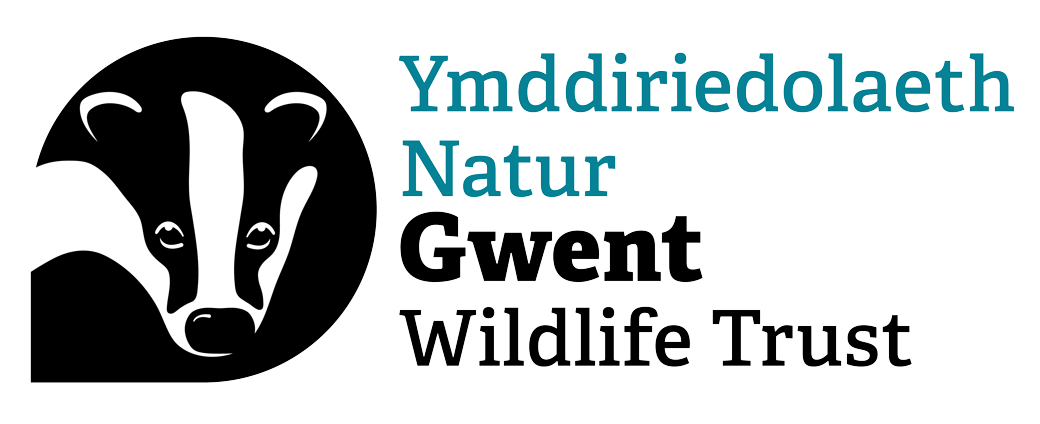Search
Chwilio
What nature reserves do for me
Gwent Wildlife Trust supporter and Reserves Appeal Ambassador, Hugh Gregory explains how his regular visits to our nature reserve at Magor Marsh have helped improve his health and well-being.
Christmas gift membership
Change what you eat
Eat more plant-based foods, reduce your food waste and buy local produce to shrink your environmental footprint.
What to feed hedgehogs and badgers
Putting out a bit of food can help see mammals like hedgehogs through colder spells.
Great diving beetle
The Great diving beetle is a large and voracious predator of ponds and slow-moving waterways. Blackish-green in colour, it can be spotted coming to the surface to replenish the air supply it…
King diving beetle
Britain's largest 'diving beetle' is an impressive creature, though it's not easy to find.
Watch what you wash away
Some cosmetics, soaps, washing-up liquids and cleaning products can be harmful to wildlife with long-lasting effects.
Gwent Ecology
Book review - The Lives of Moths
The Lives of Moths - A Natural History of our Planet’s Moth Life written by Andrei Sourakov and Rachel Warren Chadd as reviewed by Andrew Cormack.
Common gorse
Windy, open moors covered in bright yellow, spiky common gorse bushes and purple heathers are synonymous with what we call 'wild' landscapes, but it can be seen in many habitats, from…
Biting stonecrop
Also known as 'Goldmoss' due to its dense, low-growing nature and yellow flowers, Biting stonecrop can be seen on well-drained ground like sand dunes, shingle, grasslands, walls and…
